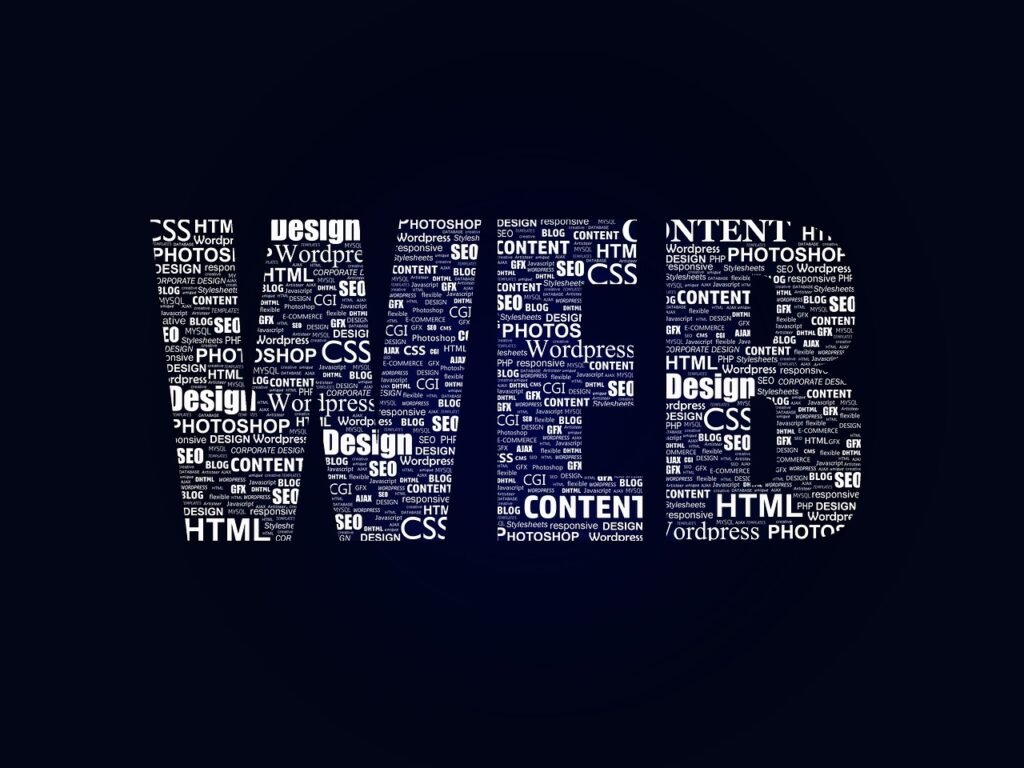What is Web 3.0?
Web 3.0 is the next internet generation, stressing a decentralized, secure and easy-to-use online experience. Web 3.0, unlike Web 2.0, leverages blockchain technology, artificial intelligence and many decentralized protocols to give users more control over their data and digital assets, instead of relying on many central authorities like large corporations and many cloud services.

Key Features of Web 3.0
Decentralization Distributed networks, as opposed to centralized servers, will store the data. This means big tech companies will have less control over our data.
And what control they do have will be more secure, since distributed networks are less susceptible to the kind of security breaches that big vaults invite.
Blockchain Technology Unalterable ledger systems provide a record of all transactions and interactions. This, in turn, offers transparency and engenders trust.
Token-Based Economy The lifeblood of Web 3.0 consists of cryptocurrencies and digital tokens, allowing users to earn money from their content and to access DeFi.
AI and Machine Learning Improved data processing and automation for a more intelligent and personalized online experience.
Interoperability Different applications can work effortlessly together in Web 3.0. This allows them to be integrated and efficient, which makes the whole digital ecosystem work much better.
Smart Contracts A contract that executes itself and in which the rules of the contract are predefined. Removing intermediaries from the equation, it provides a much more efficient means of carrying out digital transactions.
Decentralized Identity The digital identity of a person is managed by that person without interference or verification from services that could be considered third parties.https://smarttechiesport.com/blockchain-and-cryptocurrency/
Advantages of Web 3.0
Greater Data Ownership – Users are in full control of their personal data and digital identity.
Enhanced Privacy and Security – There is a lesser chance of data breach and cyber-attack in decentralized networks.
Censorship Resistance – No central authority can manipulate or restrict information.
Improved Financial Opportunities – Blockchain and tokenization open new ways of earning and investing online.
Enhanced User Experience – AI-driven personalization enhances the way users interact with content and services.
Challenges and Concerns Even with its benefits, Web 3.0 confronts a number of obstacles.
Scalability Issues – Decentralized networks often struggle with transaction speeds and scalability.
Regulatory Uncertainty – Governments are still figuring out how to regulate blockchain-based services.
User Adoption – Many people are unfamiliar with blockchain technology, creating a barrier to mass adoption.
Energy Consumption – Some blockchain networks, like Proof-of-Work (PoW) systems, require high energy usage, leading to environmental concerns. Some services provided to you are performed by third parties.
Use Cases of Web 3.0
Already, applications based on Web 3.0 are being deployed in many areas, such as:
Decentralized Finance (DeFi)-Finance applications that permit all financial activities to be executed without going through traditional banks, namely lending and borrowing and staking.
Non-Fungible Tokens (NFTs)-Unique digital assets showing ownership of everything from art and music to virtual real estate.
Decentralized Autonomous Organizations (DAOs)-Communities governed by smart contracts in which decisions are made together and not by central authority.
Supply Chain Management: Blockchain integration improves traceability and transparency in global supply chains.
Metaverse and Virtual Worlds: Immersive digital environments for user interaction, trade, and generation, uttering the term Web 3.0.
The Future of Web 3.0
Web 3.0 may mean a complete transformation of the internet in terms of freedom, security, and opportunity for users.
If the blockchain, AI, and decentralized finance world continued to advance as it has been doing, then Web 3.0 in a few years will become something which people shall refer to as a benchmark of digital interactions.
Conclusion
Web 3.0 is much more than just an upgrade: it is a shift towards a fairer and more open Internet. The future of the Internet, which embraces decentralization, AI, and blockchain, will enhance transparency and security, to put this very same Internet in the hands of users globally. As adoption spreads, the opportunity for those who understand and apply Web 3.0 to lead the next digital innovation wave grows.https://www.theverge.com/22310188/nft-explainer-what-is-blockchain-crypto-art-faq
